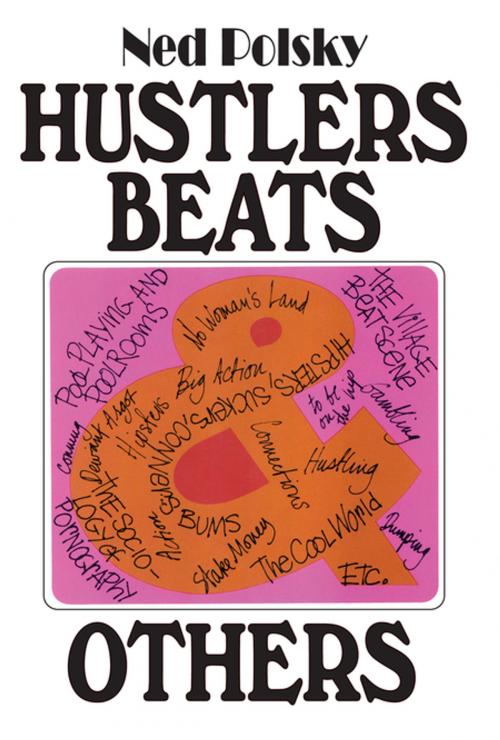Hustlers, Beats, and Others
Nonfiction, Health & Well Being, Psychology, Social Psychology, Social & Cultural Studies, Social Science, Anthropology| Author: | James W. VanStone | ISBN: | 9781351514057 |
| Publisher: | Taylor and Francis | Publication: | July 12, 2017 |
| Imprint: | Routledge | Language: | English |
| Author: | James W. VanStone |
| ISBN: | 9781351514057 |
| Publisher: | Taylor and Francis |
| Publication: | July 12, 2017 |
| Imprint: | Routledge |
| Language: | English |
Ranging from pool hustling to pornography, this book analyzes deviant branches of American life, dispels misconceptions about them, and throws new light on sociological theory and method. Each chapter radically dissents from one or more mainstream opinions about deviance.
The first chapter examines the alleged causes for the decline of American poolrooms and finds them wanting, traces the rise and fall of poolrooms to historical changes in America's social structure, and cogently dissects the recent poolroom revival. The second chapter, reports a field study of a deviant occupation, pool hustling, describing the hustler's work situation and career from recruitment to retirement. In revealing how pool hustlers, although dedicated wholly to a vocation that merely breaks unenforced gambling laws, frequently supplement their income by means of outright felonies, the author develops a new theory of "crime as moonlighting." The third chapter sharply criticizes our criminology textbooks for avoiding the study of uncaught adult criminals in their natural environments. It demonstrates such research to be both necessary and practical with career felons as well as moonlighters. The author describes field techniques he has used with career felons, offers new findings gleaned by means of these techniques, and answers moral objections to such research. The forth chapter presents the first genuinely empirical study of the beat delinquent sub-culture, in which the author corrects some journalistic views such as that most beats are exhibitionists and some sociological ones such as that "retreatist" drug-users can meet neither legitimate nor criminal success norms. The final chapter, on the sociology of pornography, holds that the courts are wrong to claim that naturalistic erotic art is non-pornographic, and wronger still to claim that hard-core pornography is, in Mr. Justice Brennan's words, "utterly without redeeming social importance."
The author's unusual blend of
Ranging from pool hustling to pornography, this book analyzes deviant branches of American life, dispels misconceptions about them, and throws new light on sociological theory and method. Each chapter radically dissents from one or more mainstream opinions about deviance.
The first chapter examines the alleged causes for the decline of American poolrooms and finds them wanting, traces the rise and fall of poolrooms to historical changes in America's social structure, and cogently dissects the recent poolroom revival. The second chapter, reports a field study of a deviant occupation, pool hustling, describing the hustler's work situation and career from recruitment to retirement. In revealing how pool hustlers, although dedicated wholly to a vocation that merely breaks unenforced gambling laws, frequently supplement their income by means of outright felonies, the author develops a new theory of "crime as moonlighting." The third chapter sharply criticizes our criminology textbooks for avoiding the study of uncaught adult criminals in their natural environments. It demonstrates such research to be both necessary and practical with career felons as well as moonlighters. The author describes field techniques he has used with career felons, offers new findings gleaned by means of these techniques, and answers moral objections to such research. The forth chapter presents the first genuinely empirical study of the beat delinquent sub-culture, in which the author corrects some journalistic views such as that most beats are exhibitionists and some sociological ones such as that "retreatist" drug-users can meet neither legitimate nor criminal success norms. The final chapter, on the sociology of pornography, holds that the courts are wrong to claim that naturalistic erotic art is non-pornographic, and wronger still to claim that hard-core pornography is, in Mr. Justice Brennan's words, "utterly without redeeming social importance."
The author's unusual blend of















